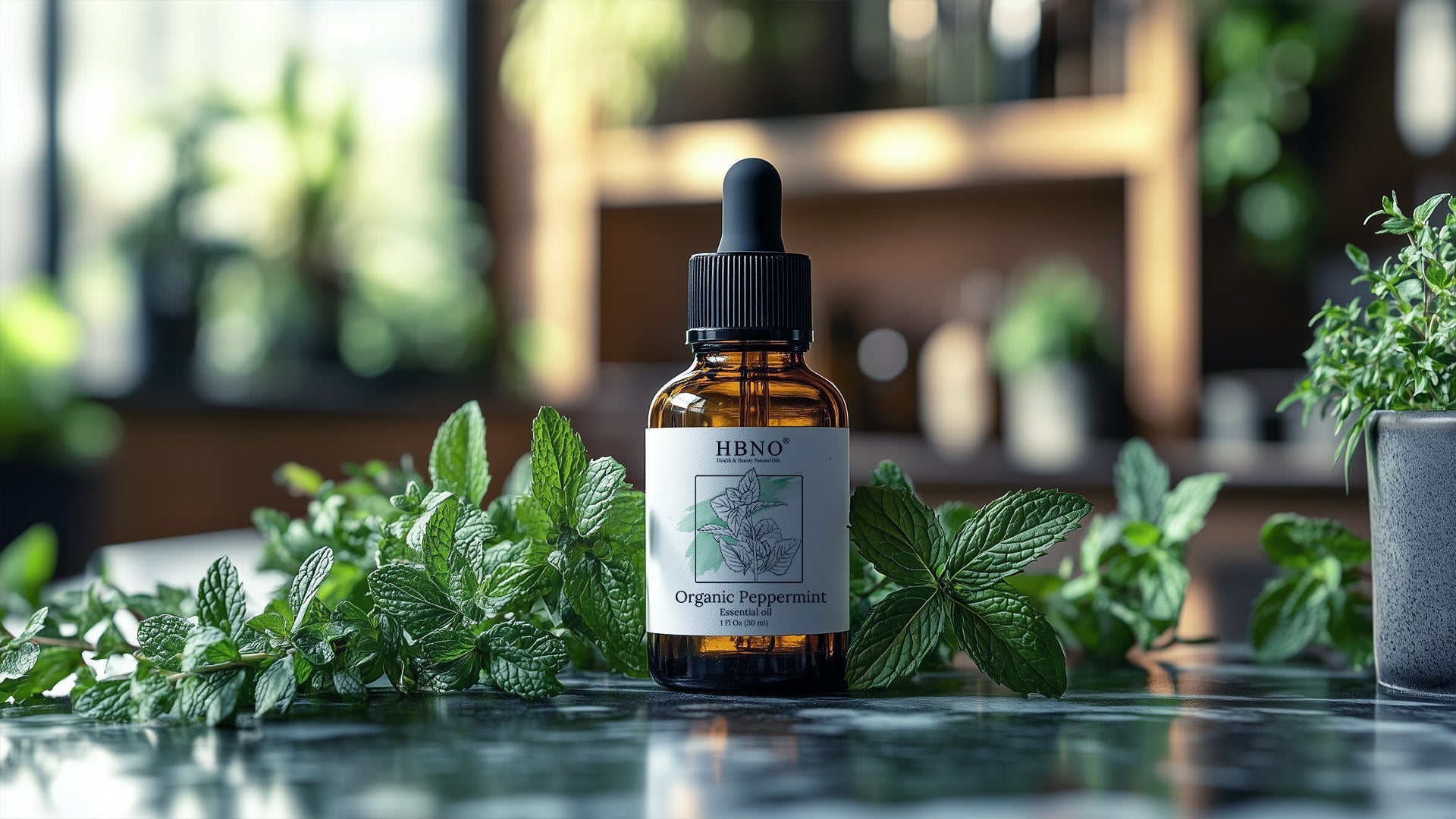
Peppermint Oil Allergy: Symptoms, Relief, and Treatment
Peppermint oil is often included in personal care routines, household blends, and scented items. While many enjoy its fresh aroma and multiple applications, some individuals may notice sensitivity to this essential oil. These responses can show up in different ways-ranging from visible skin changes to general discomfort following use or inhalation.
Identifying these signs early may help limit further reactions. To support a more careful experience, consider starting with a patch test or mixing peppermint oil with a neutral carrier oil. Reviewing product labels for peppermint components is also a helpful step in making sure it matches your personal preferences and needs.
Common Symptoms of Peppermint Oil Allergy
Peppermint essential oil is often used in personal care and home routines, but some individuals may experience discomfort after use. The various uses of peppermint oil-from topical applications to diffusion-can affect how the body responds. Being aware of the potential symptoms can assist individuals in determining if the oil suits their needs.
Reactions can differ based on personal sensitivity and the manner in which the oil is used-whether applied topically, inhaled, or utilized in other ways.
1. Skin Reactions
Certain people notice skin changes after applying peppermint oil. Symptoms could include visible redness, raised patches that look like rashes, or a warming feeling in the affected area. Itching or swelling might also develop soon after the oil is put on. These responses are usually concentrated around the site of application and may differ based on how the oil was diluted.
2. Respiratory Reactions
When peppermint oil is used in the air, such as in diffusers or sprays, some people may experience symptoms related to the nose and breathing passages. These symptoms may consist of sneezing or a runny nose.
In some instances, individuals report sensations of constricted breathing or mild tightness in the chest. The intensity of these reactions may change based on air circulation and concentration.

3. Eye Irritation
Even without direct contact, peppermint oil may cause eye-related symptoms in some individuals when used nearby. These can include watery eyes, itching, or mild swelling around the eyelids. While discussions around peppermint oil benefits for eyes are common, it's important to recognize that proximity alone may trigger discomfort depending on personal sensitivity.
4. Gastrointestinal Discomfort (if ingested)
If peppermint oil is consumed, either alone or as part of another product, some users may feel nauseated or experience an unsettled stomach. In certain cases, vomiting has been noted.
Ways to Identify an Allergy to Peppermint Essential Oil
1. Patch Testing
Apply a diluted amount of peppermint essential oil to a small section of the skin, like the inner forearm. Keep the area uncovered and observe for up to 24 hours. If there is no visible change, it may suggest that the oil is less likely to cause a strong reaction on the skin.
Even though some people explore peppermint oil to help fight infection, testing for tolerance should be the first step before regular use.
2. Keep a Usage Journal
Keep a diary that records when and how peppermint oil is applied, including methods and areas. Note any reactions or changes that follow use. Over time, this record can help identify whether peppermint oil may be linked to the symptoms experienced.
3. Professional Testing
Seek advice from a doctor or allergist for official testing, such as skin patch tests or blood analysis. These clinical procedures are designed to detect possible sensitivities to specific ingredients and may help confirm a peppermint oil allergy.

Precautions to Take Before Using Peppermint Oil
Before using peppermint essential oil, it's helpful to consider a few precautionary steps to support careful application and avoid discomfort.
1. Dilute Before Topical Use
Essential oils are highly concentrated. Blending peppermint oil with a carrier oil such as coconut oil or jojoba oil before applying it to the skin can make it easier to manage and reduce intensity.
2. Avoid Sensitive Areas
It's advisable not to apply peppermint oil near the eyes, nostrils, or broken skin. These areas may be more reactive due to their sensitivity and proximity to delicate tissues.
3. Consult If You Have Sensitivities
Those with known allergies or sensitive skin may want to speak with a healthcare provider before introducing peppermint oil into their routine to help identify potential concerns.
4. Choose Safe Options for Children and Pets
Formulations specifically labeled for children or pets can help reduce the chance of unexpected reactions in shared environments.
Final Thoughts
Understanding potential sensitivity to peppermint oil can help guide more thoughtful choices when incorporating it into daily routines. While many appreciate peppermint essential oil for its distinct qualities, individual experiences may differ. Noticing any changes after use can help determine whether it suits your personal preferences.
Being attentive and starting with minimal amounts-especially when trying a new blend-allows for better adjustment. Reading product labels and choosing oils that align with quality standards is another way to support safer application. Many turn to trusted sources like HBNO when selecting essential oils that fit their needs and expectations.
Reference
-
Peppermint oil is a cooling agent extracted from the leaves of the peppermint plant.
-
While cooling, sometimes it is also used to give comfort; the refreshing aroma can also boost mood and concentration
- Peppermint oil is the essential oil from the leaves of the peppermint plant, which is a organic hybrid species between spearmint and watermint.
